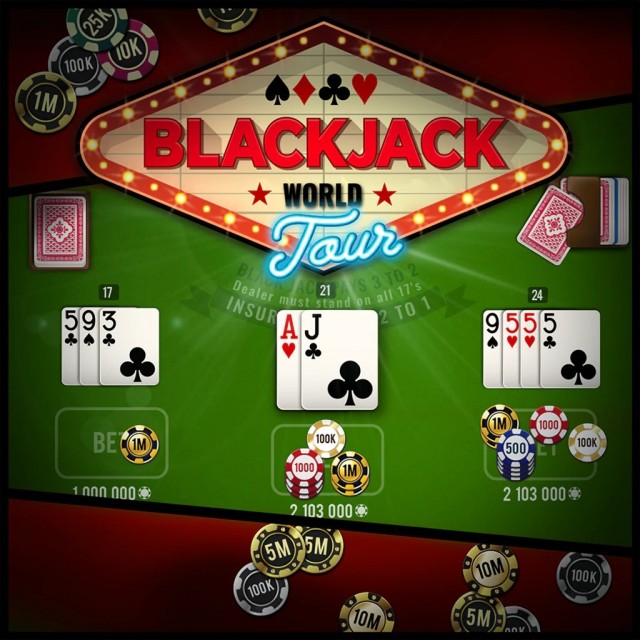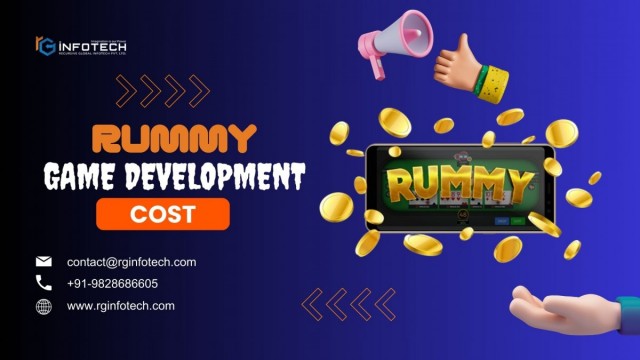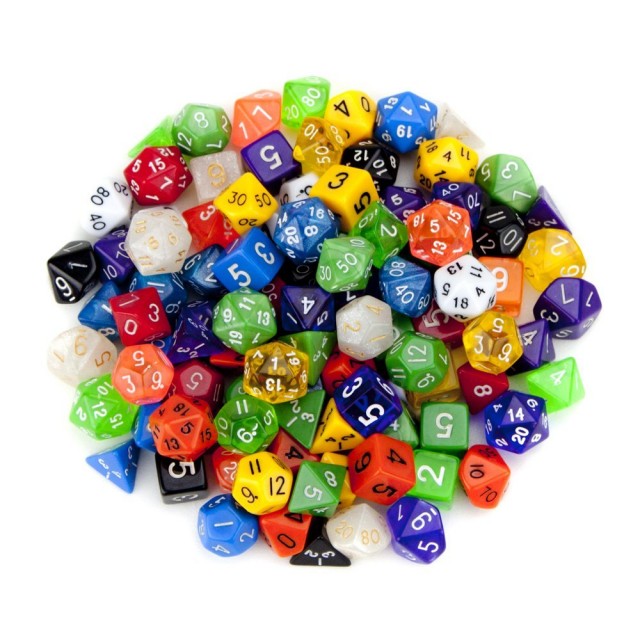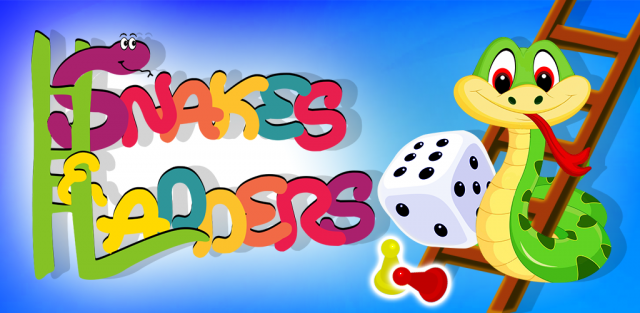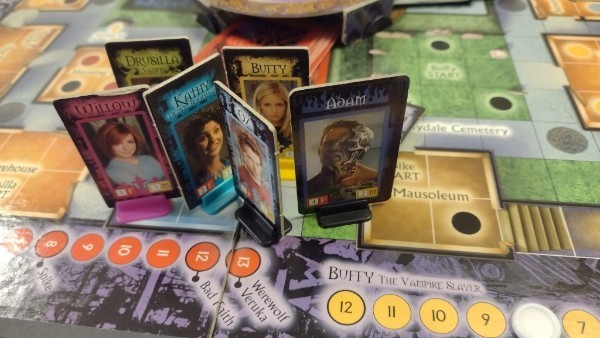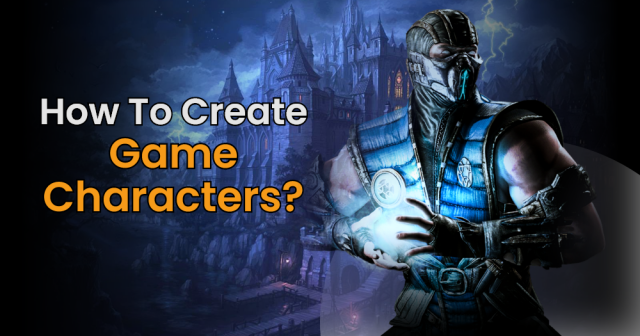"Just Come In When You Can, Ken." I had a boss long ago tell me that as I was clocking in five minutes late. I have a feeling he was being sarcastic, but you can never be too sure.
Let's talk some Magic, eh?
Theros -- The latest Magic set Theros has been a fantastic addition to pretty much every Magic format imaginable. A pseudo-Greek themed set with its
 ownproprietary twist--think "Heliod" and "Erebos" as opposed to "Zeus" and "Hades"--Theros has continued the development hot streak that Wizards has been on since at least the Innistrad block.
ownproprietary twist--think "Heliod" and "Erebos" as opposed to "Zeus" and "Hades"--Theros has continued the development hot streak that Wizards has been on since at least the Innistrad block.
With relatively few duds in the packs (though there are a few...right, Triad of Fates?) I'd wager that this is a great time to jump into the game in one of the many formats available.
I haven't always seen eye-to-eye with Wizards over the years, especially as it pertains to their development and management of Magic: The Gathering. I've started and stopped playing many times over the years; I'd start because I missed playing the game, but I'd inevitably stop due to some stupidity that would make me angry enough to quit.
Humorously enough the original 'Type II' format was my original ragequit. "I can't play with ALL my cards!?!" I remember thinking. Stop the press, the sky was falling, I couldn't purge my collection fast enough. Sadly looking back, I could have kept about twenty cards from my collection and sold them now for twice what I sold the entire collection for back in 1995. That is insane! But the funny part about that is that I would not even have been able to get back into the game now without a Standard format. Instead of drowning in an overwhelming cardpool, I was able to get back in at my own pace with a selection of cards that were much easier to wrap my brain around.
What really impresses me about Theros I think is that it proved to me that the past two expansion blocks were not flukes. I loved Innistrad with its horror-themed cards, its piles of zombies and gravecrawlers, its blood-thirsty vampire lords...it was a gothic grandslam, and I was dreading watching some of my favorite cards rotate out of Standard. Of course I liked Return to Ravnica block too with its focus on guilds and multi-colored cards (long a favorite of mine), but I hated to see my old friends going away.
Theros had big shoes to fill, and it also had the task of changing the environment of the game in a big way. Innistrad and Ravnica promoted three- and four-color "goodstuff" decks, mana had never been easier to come by and "Should I add a fourth color to this?" was honestly a legitimate question. Theros introduced a new Devotion mechanic that has proven powerful and has now moved the tournament scene towards one- and two-color decks that try to maximize one color of mana for game-swinging effects.
I know not everyone plays Magic or even cares to read much about it, so I won't ramble on much more here. But if you ever wanted to dip your toes back in, Theros is a great set to buy, to draft, and to play Constructed, Pauper, and even Commander with.
Which brings me to my next topic...
Commander decks!
 Remember when I gave Wizards an A+ for their management of the game as of late? That grade continues to be well-deserved with the release of the Commander 2013 decks, found right now on the shelves of hobby stores, Wal-Marts, and Targets near you.
Remember when I gave Wizards an A+ for their management of the game as of late? That grade continues to be well-deserved with the release of the Commander 2013 decks, found right now on the shelves of hobby stores, Wal-Marts, and Targets near you.
Commander is a fun, intriguing, mostly very casual format that is perfect for multi-player "kitchen table" play. The point of Commander is to build a deck that consists of 100 cards, including a pre-selected Commander. The Commander must be a Legendary creature, and whatever colors are in his or her casting cost determine what colors can be included in the deck. Besides basic lands, you can only have one of any particular card in the deck, and its colors must match one of your Commander's colors.
Players start with 40 life instead of the usual 20, but for the most part you play Magic by the normal rules. Your Commander is in a special zone, always available to cast. If you do have your Commander in play and it dies, you can put it back in this Command zone, but the next time you want to cast it, it will cost two more mana than the last time you did. There's also a special rule that if you take 21 damage from any one Commander you are elminated from the game.
What's great about this format is that it is mostly engineered to be a fun, casual format. Sure, there are degenerate things you can do with certain Commanders and card combinations, but unless you're playing in a cutthroat Commander tournament (yes, there are some), for the most part Commander players frown on cheesy card interactions and quick combo-kills. It's one of those things where if you plan on joining a group to play Commander, you might want to investigate first to see what their feelings are on certain cards and strategies, or just be willing to chalk up your first play with them to a learning one where you can tweak the way you play the next time.
The Commander 2013 decks are preconstructed Commander decks, including three different potential Commanders that you can use. These decks are the full 100-cards and retail for $29.99. What's pretty awesome here is that since cards printed in these decks are legal for Legacy play (basically, almost the most wide-open way to play Magic), new players could pick up a deck for Commander and trade a few of the highly-desired cards inside for great rares to improve their regular and Commander decks.
So with this product, Wizards has found a way to promote a great alternate way to play the game, help new players get into said format, and also give Legacy players new cards and allowing players to easily acquire trade bait that players with much larger collections are still willing to jump all over.
It's best played with three or four, so get a few of your buddies, pick up Commander deck each, and consider it your own "Magic: The Boardgame." It's a hell of a way to spend a night of gaming with friends and a few beers.
Review Round-Up!
I'm generally pretty loathe to do these as I can't always give games their due in this review format, but as I'm hideously behind, this is the best way I can think of to try and get caught up.
Thunderstone Advance: Starter Set
AEG released a stand-alone 'budget' starter set for Thunderstone Advance that includes essentially enough cards for only a very small number of  potential card mixes and overall a much simpler set of cards and abilities. The price is nice for sure, and veterans of the game will still want this as all but the starting deck cards are new.
potential card mixes and overall a much simpler set of cards and abilities. The price is nice for sure, and veterans of the game will still want this as all but the starting deck cards are new.
I've gone on record as approving of all the changes that were made with Thunderstone Advance. I had long-since moved away from the original version as it quickly became burdened by both some of its initial flaws as well as the piles of rules they kept introducing with each expansion. Within a few sets it felt like the base game was drowning, and both the early flow of the game as well as some disastrous Village mixes made the game way clunkier than it needed to be.
Thunderstone Advance improved the card flow with better starter cards, a balanced way to distribute the Village cards, and better overall card design in general. It was very pleasant, though these are changes I wish they'd made sooner, before I drifted completely away from the game.
The starter set was great, actually, though I'd say only in relation to teaching this to new players or roping in said players in the first place. There isn't enough variety to keep digging in to this over and over again, and variety is the essential spice of life for any deckbuilder. However, as an affordable way to whet players' whistles, this is perfect.
It's nice to see AEG continue to support the game, as it would have been easy to abandon it altogether. As one of the earliest truly thematic deckbuilders its still creaky in parts, but there's still plenty here to enjoy. It's recommended to new players curious about the system as well as experienced players who are looking for some cool new cards for their Thunderstone collections.
I've given high praise to Level 99 Games in the past, especially for their Indines line of fighting games and their great small deck two-player games such as Pixel Tactics and Noir. Recently I was glad to receive a review copy of Disc Duelers, one of their latest offerings.
 Disc Duelers is set in the Indines universe, so all the myriad fighting characters from both of those games suddenly find themselves in wooden disc form. This time they're doing battle in the form of a flicking tabletop game. Inside the box are several sticker sheets, a deck of cards, and a pile of white wooden discs. After stickering up one side of each disc with the faces of all the available fighters, you're ready to go.
Disc Duelers is set in the Indines universe, so all the myriad fighting characters from both of those games suddenly find themselves in wooden disc form. This time they're doing battle in the form of a flicking tabletop game. Inside the box are several sticker sheets, a deck of cards, and a pile of white wooden discs. After stickering up one side of each disc with the faces of all the available fighters, you're ready to go.
Each fighter has a card showing their stats and special powers. Players draft an agreed upon number of fighters to form a team, toss whatever household items they can find on the table as terrain, and you're literally all set.
During a turn, a player must declare whether a character is 'moving' or 'attacking'. If you 'move' and hit another character, you take damage--likewise if you attack and hit a piece of terrain, you'll also take damage. So you'll want to set up your shots and choose move/attack wisely. Attacking another character allows you to deal damage to them when you hit them. Do enough damage, and they're eliminated from the game. The character powers spice it up, as though they're fairly simple powers, no two characters are the same.
The game is essentially what could be called a 'sandbox' game. You're encouraged to come up with your own additional ways to play, and the spirit of the game is very much "grab a couple of books, a drink bottle, and some deck boxes, and let's slap down some terrain and battle." That's fine for those who can get into that spirit, but for others who might want a little hand-holding for scenario design, they might be left out in the cold. There are some variants in the rulebook including soccer and racing, so that's pretty cool (though be prepared to chase down flying pieces for those unless you have a good-sized table.)
Do have a couple of complaints here--for one, once the game gets down to one character left on each side, the game is completely and totally anticlimactic as there's really no room left for clever play. Hitting the other character puts you in position to be hit right back, so the outcome at that point is pretty much predetermined. Also, though I understand there is no way around this, the fact that all the discs are white with small stickers on them makes it tougher to look over the battlefield and keep up with what's going on. In Catacombs, heroes and different types of villains had their own differently colored discs, but as teams, characters, and players will change from game to game there's no way to color-code them. It's not impossible, but lose your concentration for a minute and you'll forget who is who, or accidentally flick someone else's disc, or think a potential attacker is one of your own discs until its too late.
It's fun, but you'll have to put a little into it to get anything out of it. Some players want the complete game in the box ready-to-go, and they might be disappointed with the bare bones of this one. I do like flicking those discs, and the move/attack thing is one of those "why didn't I think of that?" things. It's one of those that's worth a try if you dig dexterity games.
And now for something completely different.
Maximum Throwdown is a card-throwing game set amongst the AEG multiverse, with each player having a small deck of cards that allegedly represents one of AEG's familiar factions (think Aliens, Werewolves, Samurai, you get the idea.) These cards have a series of icons on them, and players take turns throwing cards on the table and evaluating their visible icons. These icons are things like drawing cards, forcing other players to lose cards, very rudimentary things.
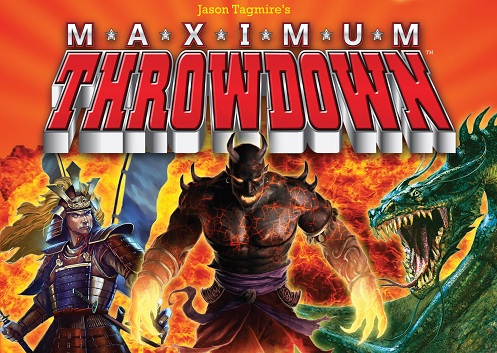 Players attempt to throw their cards in such a way that they maximize their own visible icons while covering up those of their opponents. So the game goes flip, evaluate, do stuff. Flip, evaluate, do stuff.
Players attempt to throw their cards in such a way that they maximize their own visible icons while covering up those of their opponents. So the game goes flip, evaluate, do stuff. Flip, evaluate, do stuff.
Problem #1 is that the cards, being normal-sized with small icons, don't really leave much in the way of "high skill" throws. I know that there are people who are quite adept at card-throwing, but they're usually not wasting their time sitting in on a friendly little card game like this. So it's mostly toss a card out there and hope for the best.
The second problem I have is that in order keep the game simple and fast, there are only a handful of potential icons. And while all factions have a different overall mix of these particular icons, they all have them and even if you squint your eyes you're not going to see much connection in your abilities and your faction. The only art is on the card backs, so every card is just a mix of icons. That's it. So at no point do you feel like you're helping your werewolves shred some demonic Thunderstone dudes...instead you'll feel like you're all mechanically flipping a card, looking at icons, doing some actions. Over and over again until you're done. To me, it's all pretty pointless--flip some cards, see what happens, move on.
There's some potential here as a drinking game, but it's hard to get excited going, "OH! Burn the top card, bitch! And...um...adding some numbers here...hang on...OH! I score some points, hell yeah!" (I didn't even get into the fact that some cards have pictures of dice with pips on them, and you score 1 point for every six pips you still have showing. Nothing gets the blood racing like pausing to count up pips and dividing by six, yo)
So maybe a little fun here, but you can probably easily skip this one. You can get the same amount of fun drinking beers and throwing thrift store purchased CDs at each other. Bonus points if you stick a Backstreet Boys' CD in your buddy's eyebrow.
Alright, so that's a wrap in this rapid-fire catchup column. I know you're asking--'When you coming home, Ken?' Well, I don't know when. But we'll get together then...you know we'll have more Next of Ken.....'
 Games
Games How to resolve AdBlock issue?
How to resolve AdBlock issue? 
